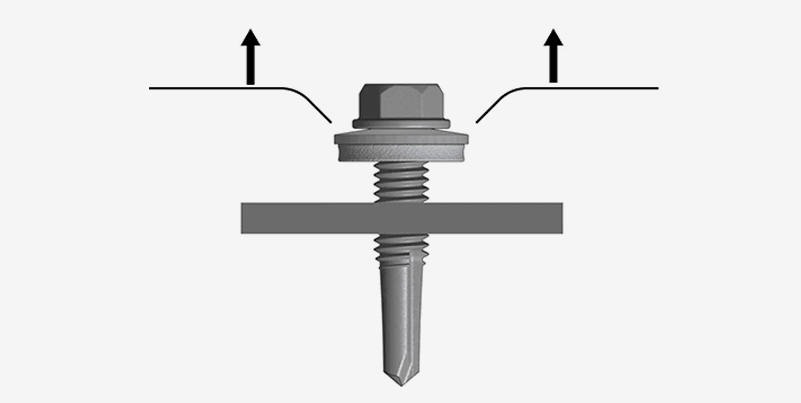
What are the various failure modes of fastener connections?
- Read time: 5 minutes
- Date: 12 Oct 2021
- Sheeting & Cladding
- Flat Roofing
- Rainscreen & Façades
In applications throughout the building envelope, fixing connections are subjected to two different types of force, shear and tension.
Shear load or force describes a force where the load is applied laterally across the axis of a fixing connection.
Tension load or force describes the stress placed on an individual material when the load is applied along the axis of a fixing connection.
These loads can be imposed as a static (dead) load or a dynamic (live) load. Typically, static loads could include the weight of the cladding material and dynamic loads could include wind suction forces.
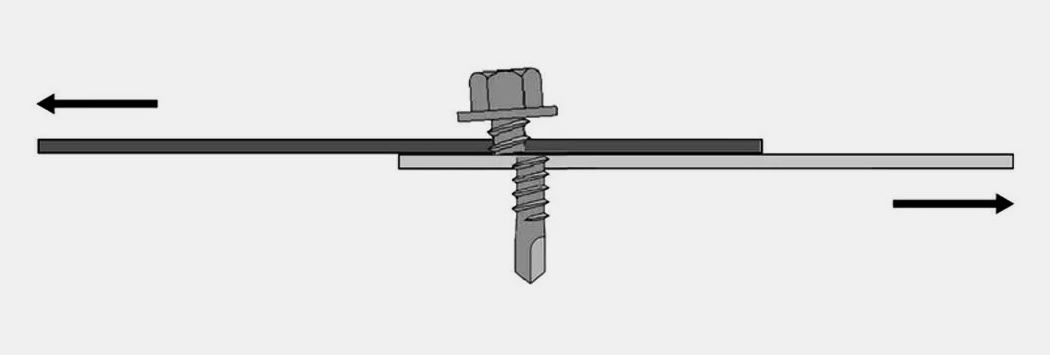
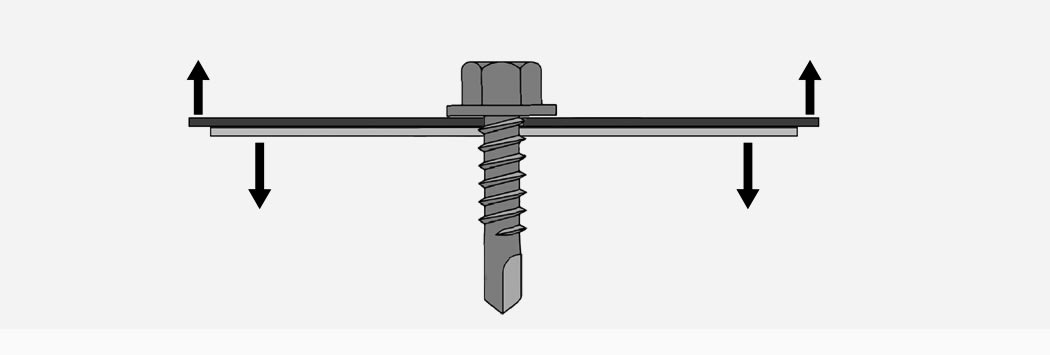
What influences failure of a fixing connection?
Failure modes of connection occur when a fastener or fasteners are being used to secure a single piece into the substrate, or multiple layers of material together or directly into the substrate. This type of failure is influenced by:
the type of fastener
how the fastener has been installed
the tensile strength and thickness of the steel being connected
the lay-up of the sheets/sections in relation to the fastener
the shape of the profiled sheet in pull-over tests
the force on the fastener itself
the force on the material being fixed
What are failure modes of connections for fasteners loaded in shear?
If the fastener is subject to shear forces, failure of a connection may occur in either the fastener itself, in the steel sheets being secured or in the attachment of the fastener to the steel sheets.
Hole elongation (bearing) failure describes how shear force distorts and elongates the hole the fastener goes through in either the material or in the substrate.
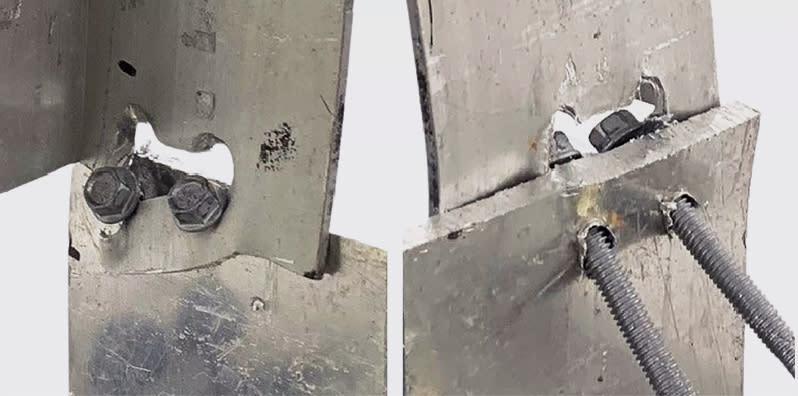
Shearing of the fastener describes how forces from the material being fixed are so severe they distort the fastener shank causing it to bend or break.

Necking describes how shear force deforms the sheet material being secured creating a thinner area or ‘neck’ adjacent to the fastener. Necking destabilises and weakens the material.
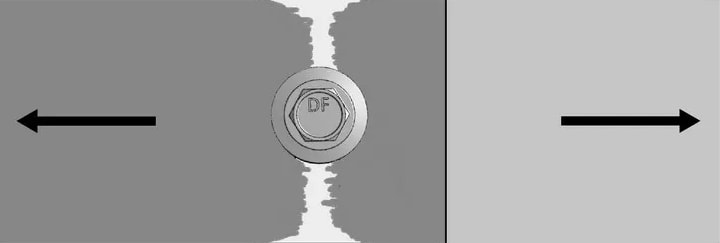
What are failure modes of connections for fasteners loaded in tension?
Similar to shear load, if the fastener is subject to tension forces, failure of a connection may occur within the fastener itself, the steel sheet/section it is securing or the attachment of the fastener to the steel sheet/section.
Pull-out failure describes how tensile forces pull the fastener out of the substrate (dislocation) or cause the fastener to fracture. Typical characteristics of pull-out failure include:
the thread stripping in screws or bolts and/or in the substrate
distortion of head of fastener or steel substrate
The fastener may pull straight out of the substrate or the top sheet of material may tilt or curl, pulling the fastener out at an angle, making the defect more obvious.
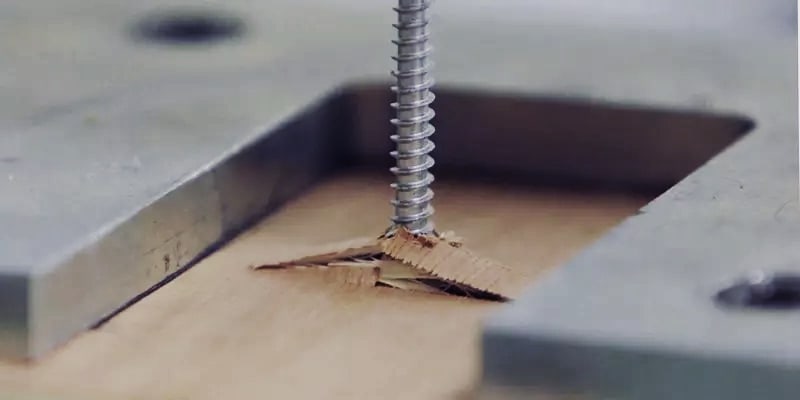
Pull-through /Pull-over describes distortion of the material or profile that is so severe that the material becomes detached from the fastener by being pulled completely over the head of the fastener.
Typical characteristics:
the fastener remains connected to the substrate
material failure adjacent to the head of the fastener
some steel may be left under the fastener
